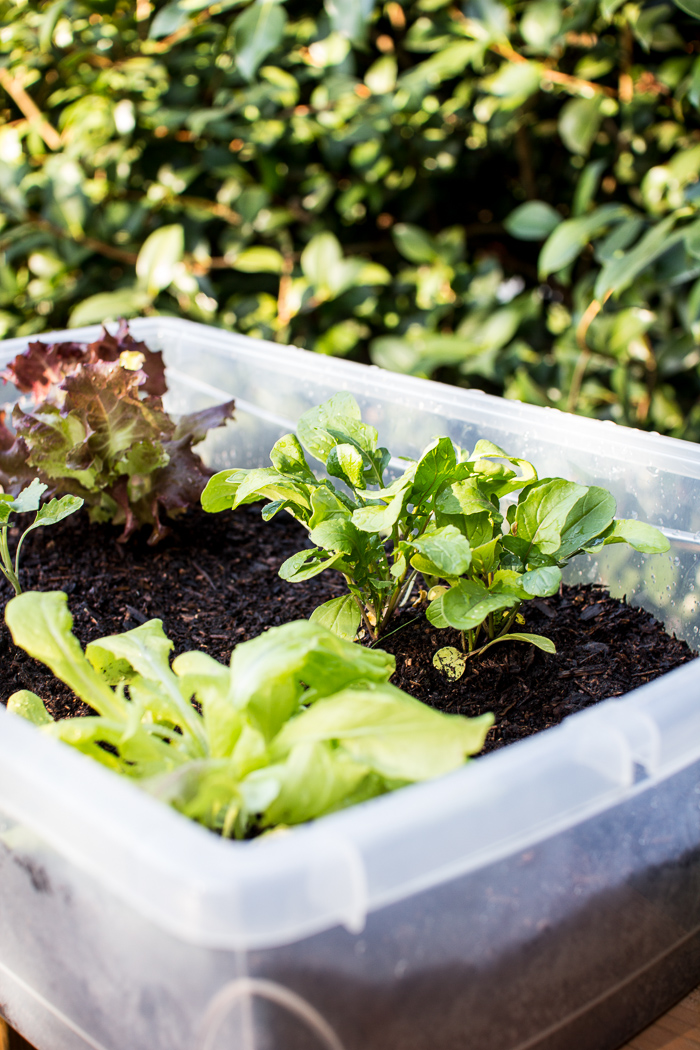(Homesteading.news) Not every homesteader has a lot of wide, open space in which to grow food, and if you’re someone who has a limited amount of garden space, then obviously you want to make the very most out of your available ground. A huge factor in your success will be picking which veggies grow best in smaller spaces.
“Every year, seed catalogs feature an expanding selection of vegetables, including many that are chosen specifically for their compact nature,” says Gardener’s Supply Co. “While many gardeners value productivity and flavor, small-space gardeners also look for plants that have ornamental qualities and longevity.”
Adds HGTV: “Don’t let limited outdoor space prevent you from trying out your green thumb. From tasty fruits and veggies to flowering plants, trees and shrubs, container gardening is the trick to growing it all in less space than you may think.”
Dr. Joseph Mercola notes that one of the advantages to growing in a small space is that your garden can be completely organic, whereas food plots that are acres in size often require the use of herbicides and other chemicals that are not good for you, your plants or the environment.
“Whereas a conventionally-grown garden might include the use of chemical fertilizers and potentially toxic insecticides to protect the crop, an organic gardener will forgo the chemicals and feed the soil with natural fertilizers and insect barriers,” he says. “The same goes for weed control.”
Here are some of the best plants for small spaces, helping you make the most of every inch of soil you have:
Basil
Sweet basil is a favorite among garden growers because its aromatic leaves add great flavor to pesto, salad dressings and much more. Plus, there are over 80 varieties, including a few “miniature” types that are ideal for smaller gardens. There is even a variety – Pistou – for planters and window boxes. And they grow easily from seeds.
“Basil is a wonderful addition to a container garden. It thrives in well-drained soil, positioned in a sunny window. In the garden, plant basil among your tomatoes. It’s a one-stop shop for your next caprese salad,” notes TheKitchn.com.
Depending on the variety, basil grows anywhere from 12 to 24 inches in height. Planting basil among plants with similar watering and sunlight needs, like tomatoes (see below), is best. Another good feature: Basil is a “harvest as you need” herb; you can take what you want, when you want, or mass-harvest it.
“It’s always better to harvest basil before the plant flowers. If you don’t have time to harvest any leaves, just pinch off the flowering portion,” TheKitchn.com notes further. “The flowers are actually edible, but if you pinch them off, the plant can now direct its energy on growing tasty leaves. Also be sure to only harvest up to 2/3 of the entire plant, so it can continue producing.”
Hot Peppers
Hot peppers are the ultimate ornamental edible for window boxes and compact gardens. The plants are ornamental and the fruit is long-lasting. They can grow to about 30-36″, which makes them a little big for a window box, but alright for larger containers and, of course, small gardens.
There are a number of varieties that grow well in small spaces and are very prolific, such as this one.
Tomatoes
Cherry tomatoes are much more compact and very tasty, of course, but there are some varieties that were bred for small spaces. For instance, Cherry Cascade grows happily in a hanging basket and produces hundreds of tomatoes. Fruit ranges from the size of a larger marble to a golf ball.
These need a lot of sun – as much as eight hours a day – and will likely need some support, like a cage. Check out more growing information here.
Lettuce
This versatile veggie comes in a range of varieties, which makes it perfect for smaller spaces. Typically, lettuce grows from seed to salad in about 45 days, so plan to either harvest a little at a time or have a follow-on crop to fill in the gap.
Here is a great tutorial on how to plant, grow and harvest lettuce in small spaces.
Pole Beans
One great way to make the most of a little space is to grow vertically, and pole beans fit this nicely.
“Pole beans yield two to three times more than bush beans from the same space, are easier to harvest, and many gardeners believe they are better tasting,” says Cornell University. “Both types have similar requirements, except pole beans need a 5- to 8-foot-tall support, [and they] can provide strong background or vertical element in flower garden.”
These are easy to care for and can grow to heights of five-to-ten feet, though they’ll need support as they grow, like a pole (of course!) or a trellis. They will bloom from mid-to-late summer, and need only 1-to-2 feet of diameter to grow.
Homesteading.news is part of the USA Features Media network.


